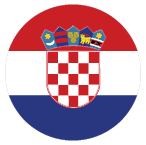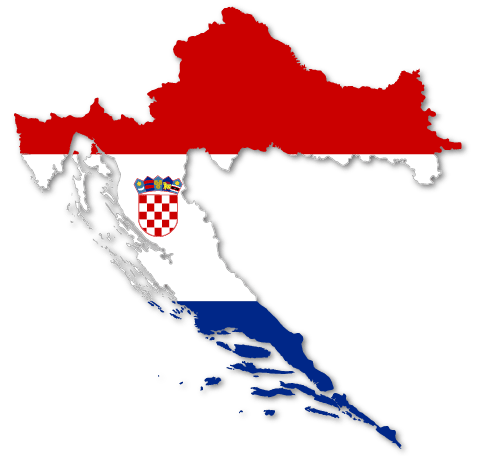Croatian Translation Services

Language History
Croatian belongs to the South Slavic group of the Slavic branch of the Indo-European language family. Its history roots back to the breakup of Yugoslavia when the language, Serbo-Croatian (spoken among Serbs, Croats, Bosniaks, and Montenegrins) split into three mutually intelligible languages — Serbian, Croatian and Bosnian. These languages were formed on the basis of political reasons, rather than linguistic reasons.
Serbia became part of the Ottoman empire, while Croatia was under Austro-Hungarian rule, and eventually their languages evolved into different dialects and alphabets. In the 19th century, however, Serbian and Croatian became one language when there were efforts to create an independent South Slavic state. After gaining independence in 1991, Croatia reformed Croatian to separate it from Serbian.
According to Ethnologue, Croatian is spoken by around 5.5 million people worldwide.
Where is Croatian Spoken?

Fact
Did you Know?
“Croatian is a phonetic language. If you learn to pronounce the letters, you can sound out any word.” (adventuresinfluency.com)
4 Easy Phrases in Croatian!
Population vs. Internet Penetration
Croatia Population:
4,105,267
Internet Users:
3,787,838
Penetration:
92.3%
As of 2020. Source:
www.internetworldstats.com
Dialects!
These include:
• Shtokavian
• Chakavian
• Kajkavian
Croatian Translation Tips
• There are three genders in the Croatian language – masculine, feminine and neuter.
• The number forms include singular, plural, with some vestiges of dual.
• Verbs in Croatian have three persons – first, second, third.
• Croatian is a pro-drop language – personal pronouns can be dropped as the verb
ending makes the person clear.
• The neutral word order in Croatian is Subject-Verb-Object but other orders are possible.






